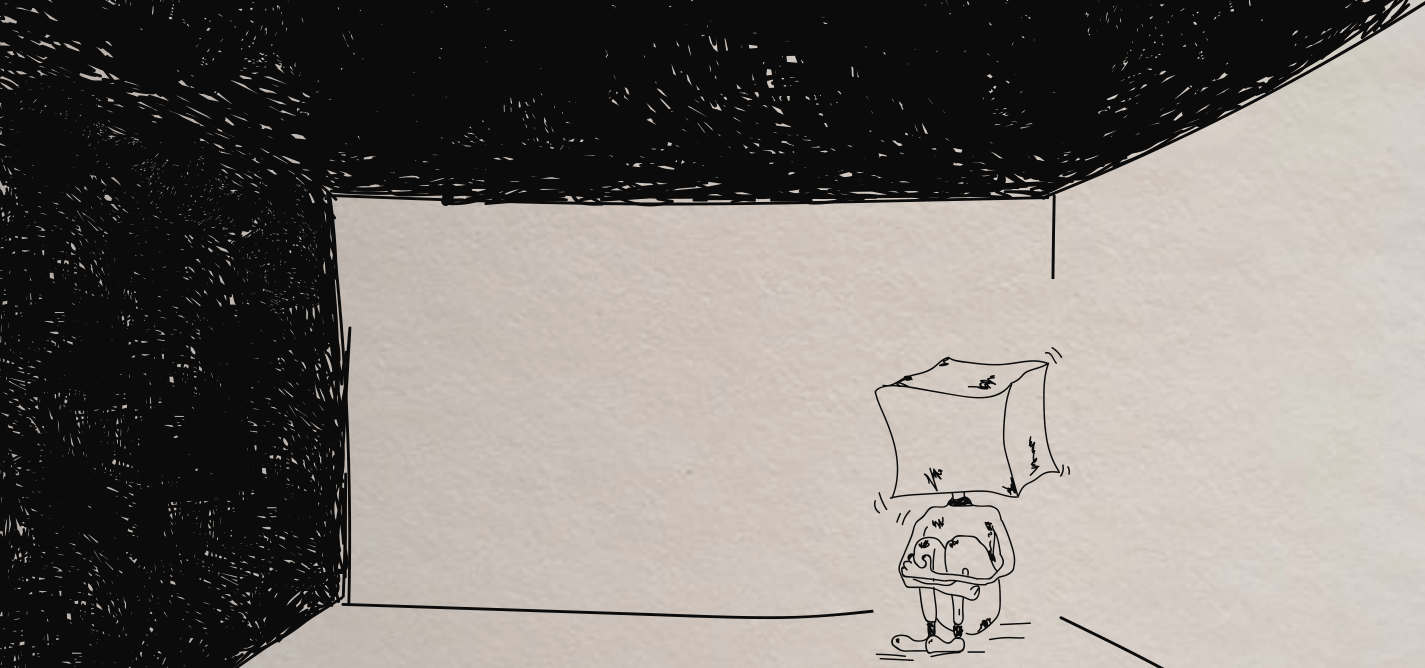
Disciplining children remains hostage to violence
Despite increased awareness, child abuse is still practiced in Kosovo.
|06.12.2019
|
"To a certain extent, violence is justified by the children themselves, seen more as a form of discipline"
Donjeta Kelmendi, KOMFIf we analyze the reasons for such a high level of violence in our society, the common motive is systematic violence practiced generation after generation.
"Children who grow up in such [violent] circumstances will undoubtedly have no autonomy and in the future they will find it difficult to make decisions and act independently"
Visar Sadiku, clinical psychologist“If the baby needs to cry, parents have to wait until the storm passes. The best thing a parent can do is wait until the child calms down, and they should never address them with the words ‘hush or I’ll beat you”.
Ibelinda Halili, psychologist
Dafina Lata
Dafina Lata is a journalist and presenter. Currently, she teaches in the Department of Media and Communication at UBT college in Prishtina.
DISCLAIMERThe views of the writer do not necessarily reflect the views of Kosovo 2.0.
This story was originally written in Albanian.